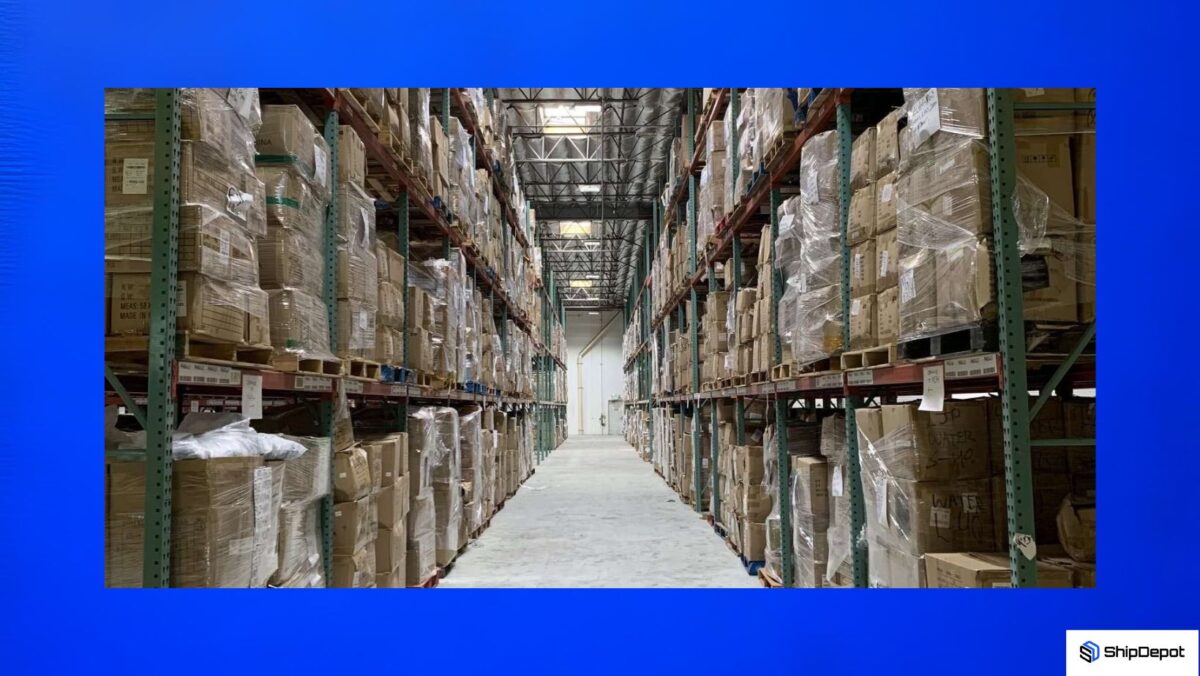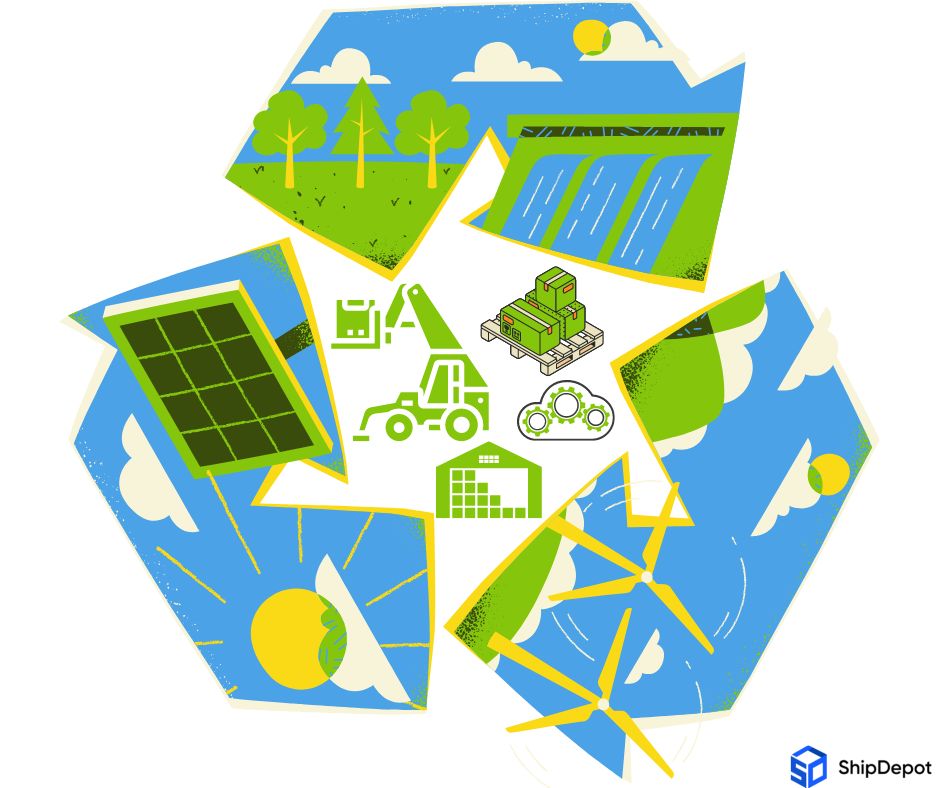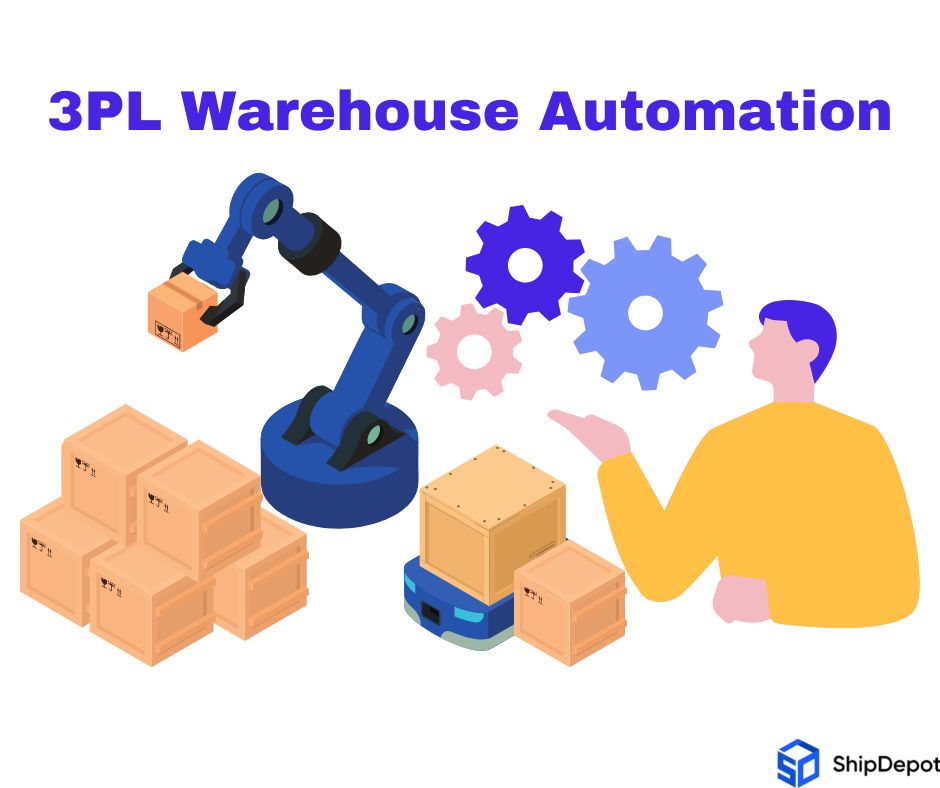“Manage the top line: your strategy, your people, and your products, and the bottom line will follow.” – Steve Jobs
Have you ever wondered how third-party logistics companies (3PLs) operate? What are their strategies to satisfy their customer’s needs and, of course, retain them?
What a valuable piece of advice from Steve, isn’t it? The quote above is quite relevant for 3PLs, who are constantly looking to streamline their operations. Whether you’re looking for a 3PL or not, continue to read on and learn the top fulfillment strategies these companies use to establish a strong foundation for long-term success. Perhaps there is still a lot you do not know about.
Understanding the Role of 3PLs in E-commerce Fulfillment
Before we dive into the strategies used by 3PLs for e-commerce fulfillment, it’s essential to understand their role. 3PLs are logistics companies that offer warehousing, distribution pick & pack, transportation services to businesses, and many more. They help e-commerce businesses by taking over the management of their supply chains and fulfillment processes.
Top E-commerce Fulfillment Strategies Used by 3PLs
- Automation of Order Processing and Fulfillment
One of the primary strategies used by 3PLs to maximize efficiency is the automation of order processing and fulfillment. With the help of automated systems, 3PLs can process and fulfill orders much faster than manual methods. Automated systems also reduce the chances of errors and increase accuracy in order fulfillment.
- Effective Inventory Management
3PLs utilize effective inventory management strategies to optimize the storage and handling of products. They use advanced technologies, such as warehouse management systems (WMS), to track inventory levels accurately. This helps them to ensure that products are available in stock when needed and reduces the chances of stockouts.
- Multi-Channel Fulfillment
Another strategy used by 3PLs is multi-channel fulfillment. This involves fulfilling orders from various sales channels, such as Amazon, eBay, or a business’s website, from a single inventory pool. By consolidating fulfillment processes, 3PLs can reduce shipping costs and order processing time.
- Real-Time Shipment Tracking
3PLs provide real-time shipment tracking to their customers, enabling them to track the progress of their orders from the warehouse to delivery. This not only enhances the customer experience but also improves communication between 3PLs and e-commerce businesses.
- Customized Packaging and Labeling
Customized packaging and labeling is another strategy used by 3PLs to optimize e-commerce fulfillment. They use software to automate the packaging process and reduce the chances of errors. Customized packaging also helps to enhance the brand image of e-commerce businesses.
- Returns Management
3PLs manage returns on behalf of e-commerce businesses, ensuring that returned products are processed efficiently. They offer services such as inspection, repackaging, and restocking of returned products. This helps e-commerce businesses reduce the cost and time involved in managing returns.
- International Shipping Expertise
3PLs also offer international shipping expertise to e-commerce businesses. They help businesses navigate the complexities involved in international shipping, such as customs regulations and documentation requirements. This helps to expand the reach of e-commerce businesses and improve their global competitiveness.
- Scalability
Finally, 3PLs offer scalability in e-commerce fulfillment. They can handle seasonal peaks in demand by quickly ramping up resources such as labor and warehouse space. This helps e-commerce businesses meet customer demand during peak periods without investing in additional infrastructure.
- Sustainable Operations
Sustainability is becoming increasingly important for businesses across all industries. As such, 3PLs can use sustainable operations as a strategy to optimize e-commerce fulfillment. They can achieve this by using eco-friendly packaging materials, optimizing delivery routes to reduce carbon emissions, and investing in renewable energy sources.
- Order Consolidation
Order consolidation involves combining multiple orders into a single shipment. This strategy is useful for reducing shipping costs and carbon emissions associated with transportation. By consolidating orders, 3PLs can also optimize their warehouse space and reduce the time and labor involved in picking and packing individual orders.
- Demand Forecasting
Demand forecasting involves using historical data and predictive analytics to forecast customer demand for products. By accurately predicting demand, 3PLs can optimize their inventory levels and ensure that products are available when customers need them. This can reduce the risk of stockouts and increase customer satisfaction.
- Continuous Improvement
Continuous improvement is a strategy that involves ongoing efforts to optimize processes and increase efficiency. 3PLs can use tools such as Lean Six Sigma and Kaizen to identify areas for improvement and implement changes. By continually optimizing their processes, 3PLs can reduce costs, improve efficiency, and enhance customer experience.
- Data Analytics
Data analytics involves using data to gain insights into business operations and customer behavior. 3PLs can use data analytics to optimize their warehouse layout, shipping routes, and inventory levels. They can also use data to identify trends and patterns in customer behavior, which can help improve the customer experience.
- Collaborative Partnerships
Collaborative partnerships involve working with e-commerce businesses to optimize fulfillment processes. 3PLs can work closely with e-commerce businesses to understand their needs and tailor their services accordingly. This can include providing customized packaging, offering value-added services, and providing real-time visibility into order status.
- Customer Service
Finally, 3PLs can use customer service as a strategy to optimize e-commerce fulfillment. By providing excellent customer service, 3PLs can enhance the customer experience and build brand loyalty. This can include providing real-time updates on order status, offering return management services, and providing 24/7 support.
Wrapping up
E-commerce fulfillment is a complex process that requires careful planning and execution. By utilizing the strategies discussed in this article, 3PLs can maximize efficiency, reduce costs, and enhance the customer experience. Whether it’s through automation, sustainability, or continuous improvement, 3PLs play a critical role in the success of e-commerce businesses.
FAQ
Q: What is a 3PL?
A: 3PL stands for third-party logistics. These are companies that provide logistics and supply chain management services to businesses.
Q: What are some strategies used by 3PLs to optimize e-commerce fulfillment?
A: 3PLs use various strategies to optimize e-commerce fulfillment, including automation of order processing and fulfillment, effective inventory management, multi-channel fulfillment, real-time shipment tracking, customized packaging and labeling, returns management, international shipping expertise, scalability, sustainable operations, order consolidation, demand forecasting, continuous improvement, data analytics, collaborative partnerships, and customer service.
Q: How does automation help with order processing and fulfillment?
A: Automated systems help 3PLs process and fulfill orders much faster than manual methods. They also reduce the chances of errors and increase accuracy in order fulfillment.
Q: What is multi-channel fulfillment?
A: Multi-channel fulfillment involves fulfilling orders from various sales channels, such as Amazon, eBay, or a business’s website, from a single inventory pool. By consolidating fulfillment processes, 3PLs can reduce shipping costs and order processing time.
Q: How does real-time shipment tracking improve customer experience?
A: Real-time shipment tracking allows customers to track the progress of their orders from the warehouse to delivery. This not only enhances customer experience but also improves communication between 3PLs and e-commerce businesses.
Q: What are sustainable operations?
A: Sustainable operations refer to strategies that help 3PLs optimize e-commerce fulfillment while reducing their environmental impact. This includes using eco-friendly packaging materials, optimizing delivery routes to reduce carbon emissions, and investing in renewable energy sources.
Q: What is demand forecasting?
A: Demand forecasting involves using historical data and predictive analytics to forecast customer demand for products. By accurately predicting demand, 3PLs can optimize their inventory levels and ensure that products are available when customers need them. This can reduce the risk of stockouts and increase customer satisfaction.
Q: How can collaborative partnerships benefit e-commerce businesses?
A: Collaborative partnerships between 3PLs and e-commerce businesses can help optimize fulfillment processes. 3PLs can work closely with e-commerce businesses to understand their needs and tailor their services accordingly. This can include providing customized packaging, offering value-added services, and providing real-time visibility into order status.
Q: What is the role of customer service in e-commerce fulfillment?
A: Customer service is an important strategy used by 3PLs to optimize e-commerce fulfillment. By providing excellent customer service, 3PLs can enhance customer experience and build brand loyalty. This can include providing real-time updates on order status, offering returns management services, and providing 24/7 support.




